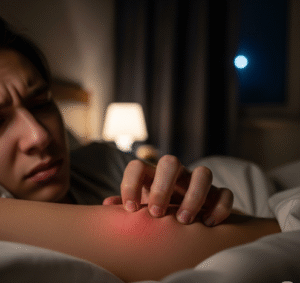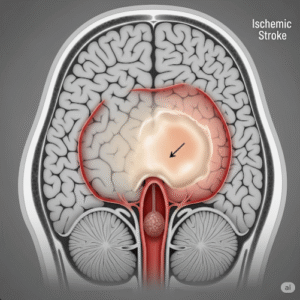Overview
Ophidiophobia is the extreme, irrational fear of snakes, whether they are real, imagined, or even represented in pictures or movies. It is one of the most common specific phobias and falls under the category of anxiety disorders. While a mild fear of snakes is considered normal — especially in areas where venomous species exist — ophidiophobia causes intense anxiety that can interfere with a person’s daily life, relationships, or ability to function in certain environments.
What is Ophidiophobia?
Ophidiophobia is a specific phobia, meaning it is an intense, persistent fear centered around a particular object — in this case, snakes. Individuals with this condition may experience distress not only when encountering a snake in real life, but also when thinking about snakes, seeing photos, or watching videos involving them. In severe cases, the fear can be debilitating and may lead to avoidance behaviors, such as refusing to go outside, visit a zoo, or watch certain television programs.
This phobia can exist on a spectrum — from mild uneasiness to severe panic attacks.
Symptoms
Common symptoms of ophidiophobia include both physical and psychological reactions:
- Rapid heartbeat or palpitations
- Shortness of breath or hyperventilation
- Sweating or chills
- Nausea or stomach discomfort
- Trembling or shaking
- Urge to flee or avoid areas where snakes might be present
- Panic attacks in extreme cases
- Persistent fear or anxiety that is out of proportion to the actual threat
Causes
The fear of snakes may have evolutionary, psychological, or environmental origins, including:
- Evolutionary basis: Humans may be naturally predisposed to fear snakes for survival reasons
- Traumatic experience: A past negative encounter with a snake
- Learned behavior: Observing a parent, sibling, or peer express fear of snakes
- Media influence: Exposure to scary or dramatized portrayals of snakes in movies or news
- Underlying anxiety disorders: Generalized anxiety may predispose a person to develop specific phobias
Risk Factors
Several factors may increase the likelihood of developing ophidiophobia:
- Family history of phobias or anxiety disorders
- Childhood trauma or frightening experiences involving snakes
- Overprotective or anxious parenting styles
- High sensitivity to fear or stress
- Cultural beliefs or superstitions surrounding snakes
Complications
If not addressed, ophidiophobia can lead to:
- Avoidance behaviors that limit daily activities or travel
- Social anxiety, embarrassment, or isolation
- Depression or lowered self-esteem due to limitations caused by the phobia
- Impaired quality of life, especially for those living in or visiting snake-prone areas
- Coexisting phobias or broader anxiety disorders
Prevention
While not all phobias can be prevented, the following steps may help reduce the risk or intensity of ophidiophobia:
- Encourage positive or neutral exposure to snakes in childhood through books or educational videos
- Avoid dramatizing or overreacting to snake-related situations
- Provide calm, factual education about snakes and their ecological importance
- Address early signs of anxiety with a mental health professional
- Practice stress-reduction techniques and coping skills early in life
Treatment Options in Korea
South Korea offers high-quality psychological and psychiatric care for specific phobias, including ophidiophobia. Treatment often includes:
- Cognitive Behavioral Therapy (CBT): Helps individuals recognize and change irrational thoughts and fears about snakes
- Exposure Therapy (Systematic Desensitization): Gradual and controlled exposure to snake-related stimuli to reduce fear
- Virtual Reality (VR) Therapy: Used in some clinics to simulate controlled snake exposure in a safe environment
- Medication: Anti-anxiety drugs or beta-blockers may be prescribed short-term to manage severe symptoms
- Mindfulness and relaxation techniques: Such as breathing exercises and guided meditation to manage anxiety
Well-regarded mental health clinics and hospitals in Korea — including Seoul National University Hospital, National Center for Mental Health, and private centers like MindOne or Seoul Counseling Center — provide phobia-specific therapy programs, often with multilingual staff and modern therapeutic tools.













